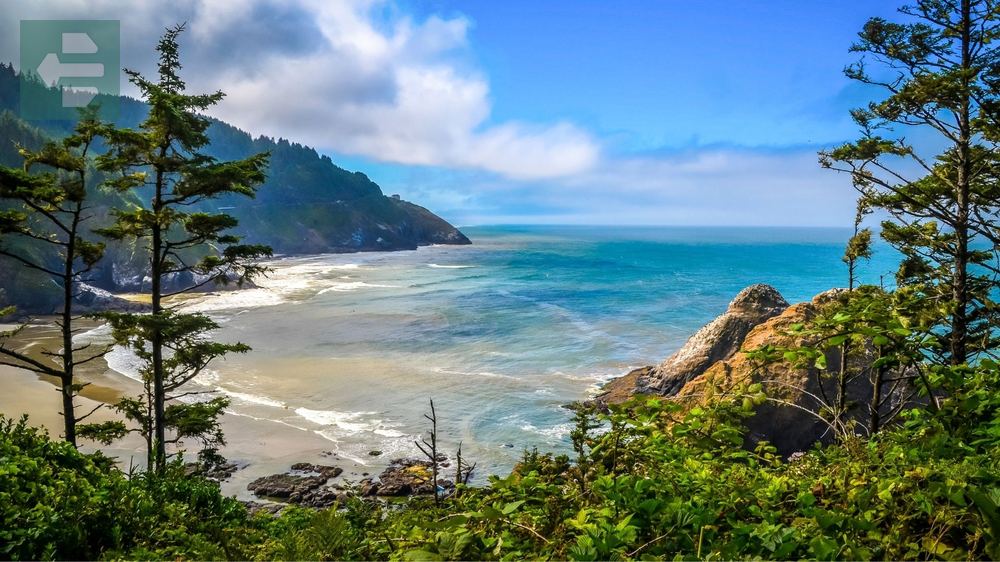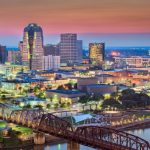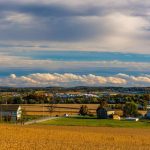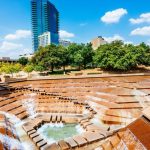Oregon offers some of the best places to camp with diverse landscapes from rugged coastlines to pristine lakes. Crater Lake National Park, Harris Beach State Park, and Silver Falls State Park represent just a fraction of the state's camping treasures. Other standout destinations include Wallowa Lake State Park, Cape Lookout State Park, and Nehalem Bay State Park.
Keep reading as we explore the best places to camp in Oregon that will transform your outdoor adventure into an unforgettable experience.
List of Contents
- 1. Crater Lake National Park: The Blue That Defies Description
- 2. Harris Beach State Park: Where Forest Meets Pacific
- 3. Nehalem Bay State Park: Sand Dunes and Solitude
- 4. Cape Lookout State Park: Three Miles of Unbroken Beach
- 5. Wallowa Lake State Park: The Alps of Oregon
- 6. Silver Falls State Park: Oregon's Natural Cathedral
- 7. Jessie M. Honeyman Memorial State Park: Coastal Desert
- 8. Beverly Beach State Park: Seven Miles of Wild Coast
- 9. Tumalo State Park: High Desert Oasis
- 10. Fort Stevens State Park: History Meets Nature
- 11. Milo McIver State Park: River Recreation Central
- 12. Clyde Holliday State Recreation Site: Eastern Oregon's Hidden Gem
1. Crater Lake National Park: The Blue That Defies Description
The lake sits in an ancient caldera, formed 7,700 years ago when Mount Mazama collapsed. The water reaches depths of 1,943 feet, making it the deepest lake in the United States.
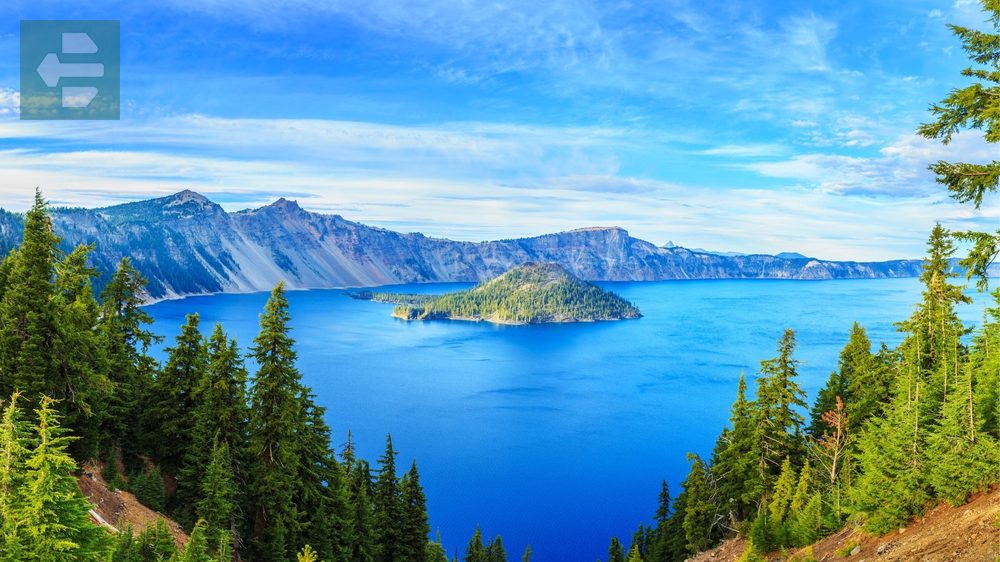
I remember standing at Rim Drive at sunrise, watching the first light hit that impossible blue water. No photograph captures what your eyes see here—the color shifts from sapphire to turquoise as clouds pass overhead.
Snow covers the rim until July, so summer camping fills quickly. The backcountry offers solitude, but requires permits and serious preparation.
Quick Facts:
- Peak Season: July-September
- How to Get There: Highway 62 from Medford or Klamath Falls
- Entry Fee: From $30 per vehicle
- Suggested Stay: 2-3 nights
- Key Areas: Rim Village, Mazama Village, backcountry sites
2. Harris Beach State Park: Where Forest Meets Pacific
Massive sea stacks rise from the ocean like ancient sentinels. The campground sits on bluffs overlooking the Pacific, with Douglas fir providing natural windbreaks.
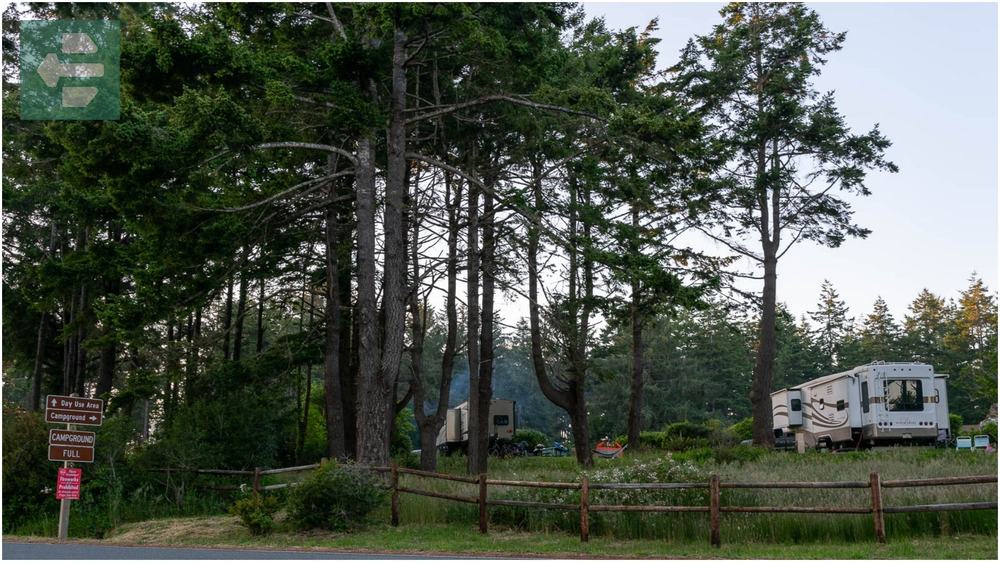
Tide pools reveal themselves at low tide. Bring a flashlight for evening explorations—the rocky coastline transforms after dark. Harbor seals often rest on the offshore rocks, unbothered by curious campers.
The ocean never stops moving here. You fall asleep to waves and wake to the same rhythm that has shaped this coast for millennia.
Quick Facts:
- Peak Season: May-September
- How to Get There: US-101, south of Brookings
- Entry Fee: From $24 per night
- Suggested Stay: 2-4 nights
- Key Areas: Beach access trails, Chetco Point, tide pools
3. Nehalem Bay State Park: Sand Dunes and Solitude
Four miles of beach stretch along Nehalem Bay, backed by rolling sand dunes that shift with Pacific winds. The campground offers both forested sites and open areas near the dunes.
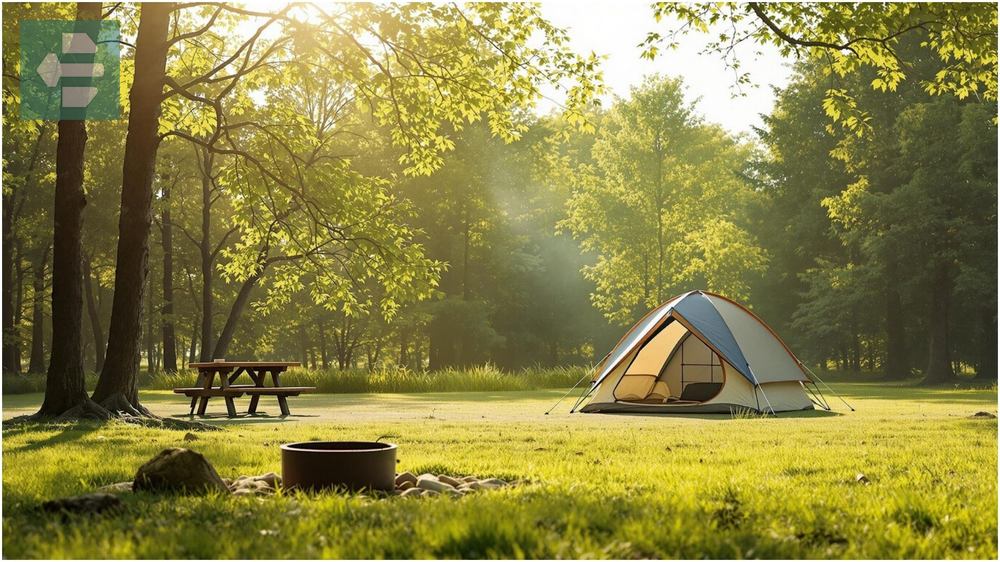
Local anglers know the bay produces excellent crab and salmon. Rent a kayak in nearby Manzanita and paddle the calm bay waters—a stark contrast to the ocean's power just beyond the sand spit.
The dunes here feel alive. Wind sculpts new patterns daily, erasing yesterday's footprints and creating tomorrow's landscape.
Quick Facts:
- Peak Season: June-August
- How to Get There: US-101 to Nehalem, follow signs
- Entry Fee: From $21 per night
- Suggested Stay: 2-3 nights
- Key Areas: Beach access, sand dunes, bay fishing
4. Cape Lookout State Park: Three Miles of Unbroken Beach
The headland extends 1.5 miles into the Pacific, offering 360-degree views when fog lifts. Three miles of beach provide space for solitude, even during busy summer weekends.
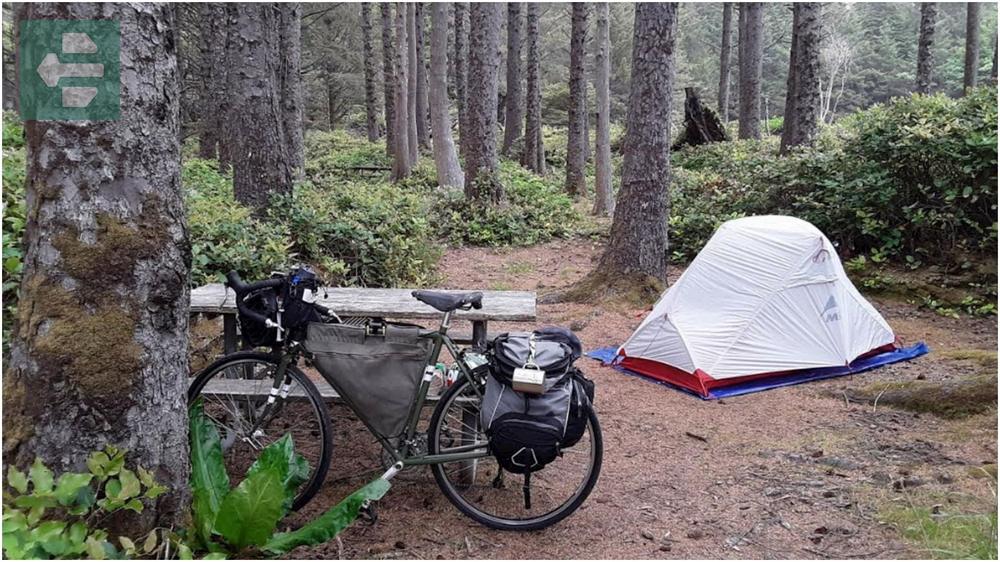
Gray whales migrate past this point twice yearly. December through January brings southbound mothers with calves—close enough to shore that binoculars reveal their massive forms breaking the surface.
The trail to the cape's tip takes 2.5 miles through old-growth forest. Pack layers—the headland creates its own weather system, often dramatically different from the campground.
Quick Facts:
- Peak Season: May-September
- How to Get There: Three Capes Scenic Route from Tillamook
- Entry Fee: From $24 per night
- Suggested Stay: 2-4 nights
- Key Areas: Cape trail, beach access, whale watching points
5. Wallowa Lake State Park: The Alps of Oregon
The Wallowa Mountains rise 5,000 feet directly from the lake's eastern shore. Glacial moraines create the natural dam that formed this pristine alpine lake.
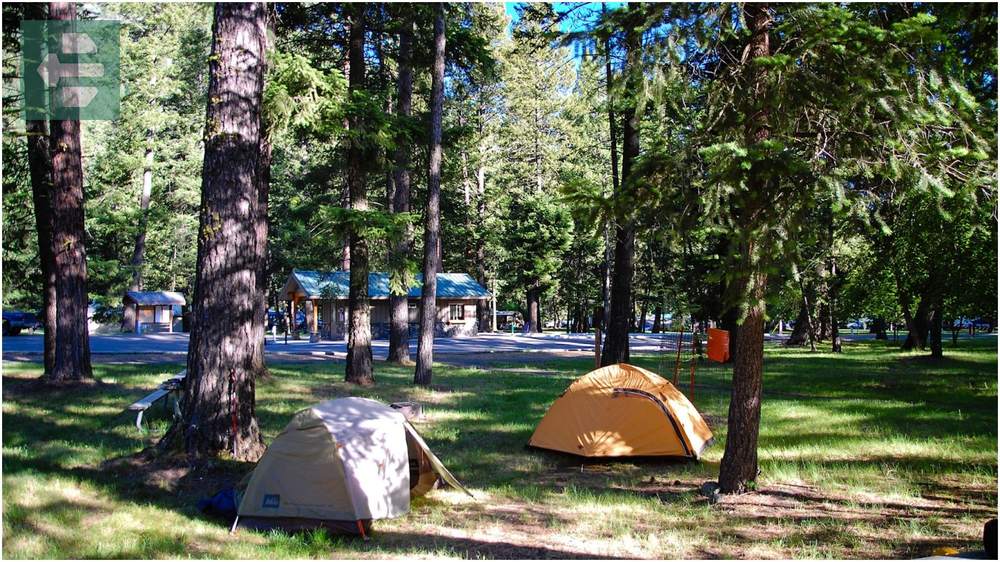
I've watched sunrise paint these peaks rose-gold while mist lifted from perfectly still water. The reflection doubles the mountain's height, creating a scene that belongs in Switzerland.
Chief Joseph's band of Nez Perce called this valley home. The landscape remains largely unchanged—a testament to the power of preservation over development.
Quick Facts:
- Peak Season: June-September
- How to Get There: Highway 82 through Enterprise to Joseph
- Entry Fee: From $22 per night
- Suggested Stay: 3-5 nights
- Key Areas: Lake access, hiking trails, tram to Mount Howard
6. Silver Falls State Park: Oregon's Natural Cathedral
Ten waterfalls cascade through this 9,000-acre park, with four tall enough to walk behind. The Trail of Ten Falls creates an 8.7-mile loop through temperate rainforest.

South Falls drops 177 feet over a basalt ledge, creating a natural amphitheater. The trail leads behind the falls—few places on earth let you experience water's power from this perspective.
Winter brings different magic. Frozen mist creates ice sculptures on ferns and moss. The falls never freeze completely, but ice forms curtains that frame the falling water.
Quick Facts:
- Peak Season: April-October
- How to Get There: Highway 214, east of Salem
- Entry Fee: From $21 per night
- Suggested Stay: 2-3 nights
- Key Areas: Ten Falls Trail, South Falls, North Falls
7. Jessie M. Honeyman Memorial State Park: Coastal Desert
Sand dunes rise 300 feet above Cleawox Lake, creating Oregon's most unique landscape. The dunes shift constantly, burying and revealing ghost forests of bleached tree skeletons.

Cleawox Lake warms to swimming temperature by July—a rare treat on the Oregon coast. Rent a sandboard in Florence and surf the dunes. The sand stays cool even on hot days, making barefoot exploration comfortable.
At sunset, the dunes glow gold while the lake reflects purple sky. This juxtaposition of desert and water creates scenes that challenge your perception of coastal Oregon.
Quick Facts:
- Peak Season: May-September
- How to Get There: US-101, south of Florence
- Entry Fee: From $24 per night
- Suggested Stay: 2-4 nights
- Key Areas: Cleawox Lake, sand dunes, ocean access
8. Beverly Beach State Park: Seven Miles of Wild Coast
This stretch of coastline remains undeveloped—no hotels, no restaurants, just raw Pacific energy. The campground sits in a creek valley, protected from ocean winds by natural topography.

Spencer Creek flows through the campground, creating a freshwater oasis where kids can safely play while adults prepare for serious beach walking. The creek mouth attracts shorebirds year-round.
Storm watching season transforms this gentle creek into a torrent. November through February brings 100-mph winds and 20-foot waves—nature's most spectacular show.
Quick Facts:
- Peak Season: June-August
- How to Get There: US-101, north of Newport
- Entry Fee: From $24 per night
- Suggested Stay: 2-3 nights
- Key Areas: Beach access, Spencer Creek, storm watching
9. Tumalo State Park: High Desert Oasis
The Deschutes River flows clear and cold through juniper and ponderosa pine. This high desert landscape offers a stark contrast to Oregon's coastal forests.

Smith Rock State Park sits 20 minutes north—world-class rock climbing draws athletes from around the globe. The Three Sisters peaks dominate the western horizon, snow-capped even in summer.
Night skies here rival any in North America. No coastal fog, no city lights—just the Milky Way stretching across the desert darkness like a celestial river.
Quick Facts:
- Peak Season: May-October
- How to Get There: US-20 west from Bend
- Entry Fee: From $22 per night
- Suggested Stay: 2-4 nights
- Key Areas: River access, hiking trails, Bend attractions
10. Fort Stevens State Park: History Meets Nature
The wreck of the Peter Iredale lies half-buried in sand, a reminder of the Pacific's power. This four-masted bark ran aground in 1906 and remains Oregon's most photographed shipwreck.

Underground bunkers and gun batteries tell stories of World War II coastal defense. Kids love exploring the concrete maze, while adults contemplate what these fortifications once protected.
Nine miles of beach stretch north to the Columbia River mouth. Razor clam digging draws locals during low tides—join them for an authentic Oregon coast experience.
Quick Facts:
- Peak Season: May-September
- How to Get There: US-101 to Hammond, follow signs
- Entry Fee: From $24 per night
- Suggested Stay: 2-3 nights
- Key Areas: Shipwreck, historic fort, beach access
11. Milo McIver State Park: River Recreation Central
The Clackamas River carved this valley through ancient lava flows, creating swimming holes and fishing runs that locals guard jealously. The park offers both tent camping and RV sites along the river.

Floating the Clackamas requires local knowledge—the river changes personality with spring snowmelt. August through October provides the safest water levels for inexperienced paddlers.
Steelhead and salmon runs bring serious anglers. Watch the river early morning or late evening—that's when the big fish move and the regulars cast their lines.
Quick Facts:
- Peak Season: June-September
- How to Get There: Highway 211 from Estacada
- Entry Fee: From $21 per night
- Suggested Stay: 2-3 nights
- Key Areas: River access, fishing spots, hiking trails
12. Clyde Holliday State Recreation Site: Eastern Oregon's Hidden Gem
The John Day River flows through this high desert valley, creating a green corridor in an otherwise arid landscape. Cottonwoods provide shade while sage brush covers the surrounding hills.

This area preserves fossils from 54 million years ago. The nearby John Day Fossil Beds reveal ancient rainforests and saber-toothed cats. The landscape tells stories spanning geological ages.
Hot days and cool nights define summer here. The temperature swing can reach 40 degrees—pack layers and prepare for high desert weather extremes.
Quick Facts:
- Peak Season: April-October
- How to Get There: US-26, east of Mount Vernon
- Entry Fee: From $10 per night
- Suggested Stay: 1-2 nights
- Key Areas: John Day River, fossil beds, hiking trails
Oregon's camping destinations offer experiences that stay with you long after you pack up and head home. From coastal storms to alpine lakes, from ancient forests to high desert valleys, these best places to camp in Oregon create memories that grow richer with time.
Pack your tent, load your gear, and choose your adventure. Oregon's wild places are waiting, and they have stories to tell that you can only hear around a campfire under stars that shine brighter away from city lights.
The trail starts when you decide to take it.
